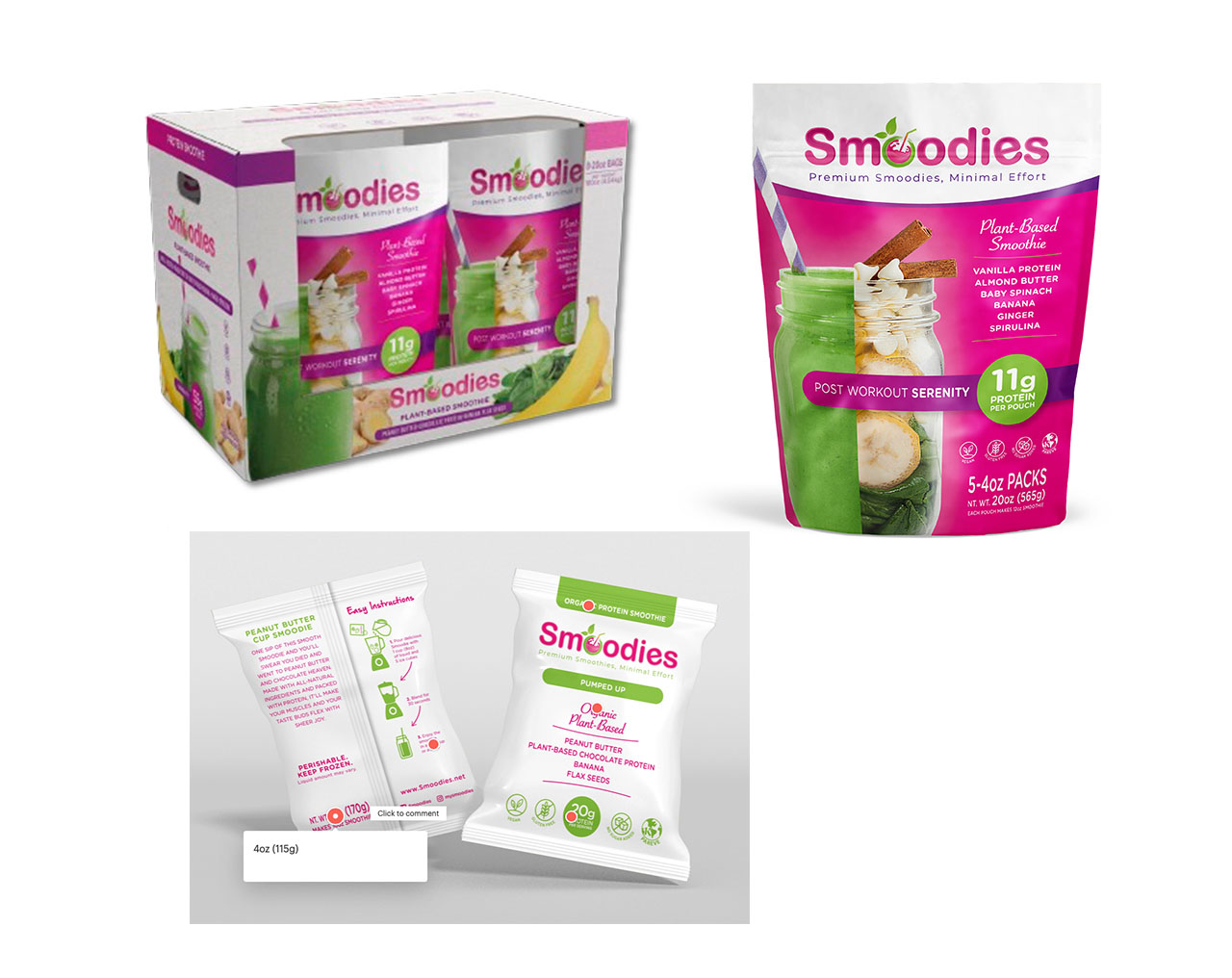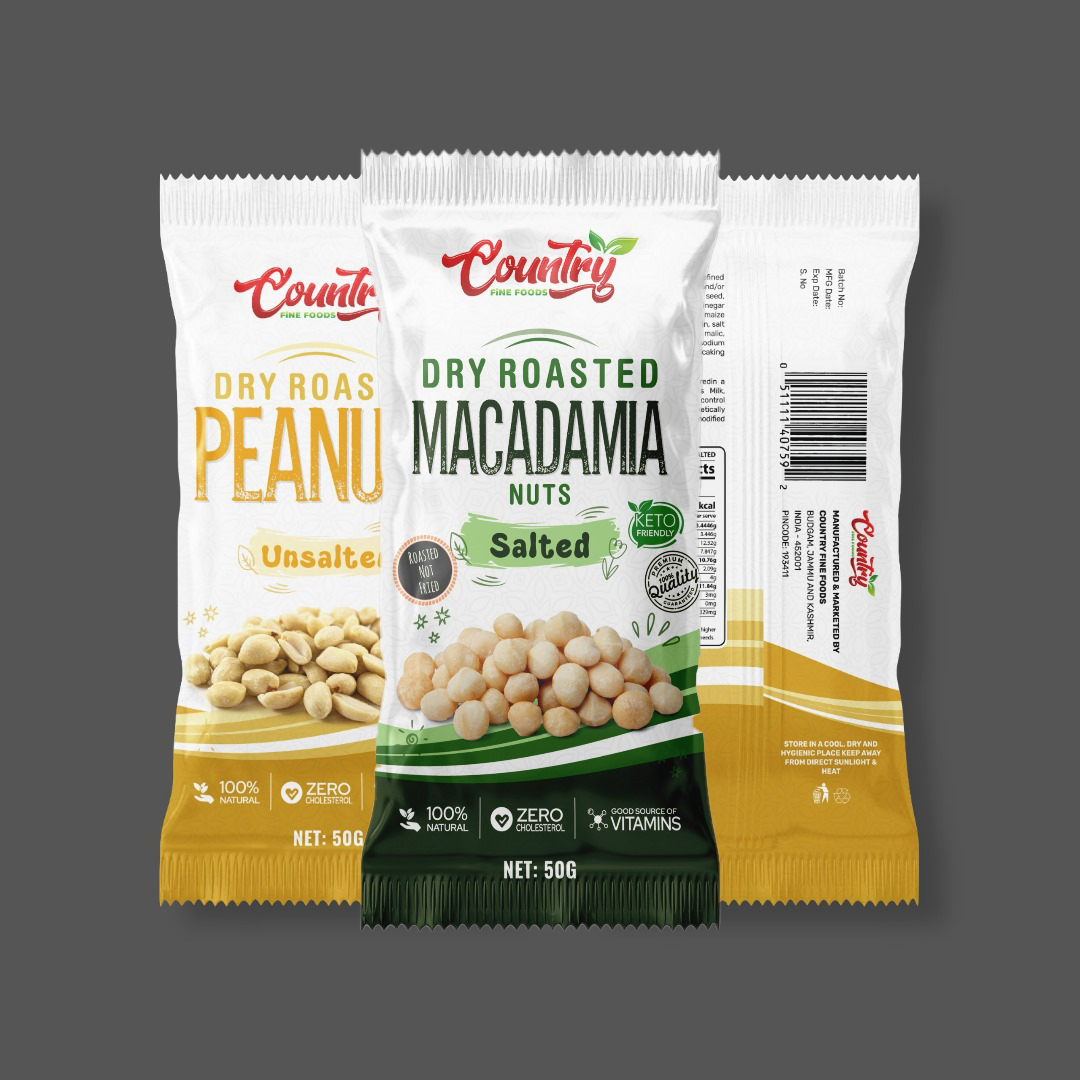The Impact of Modified Atmosphere Packaging on Food Preservation
Views : 160
Update time : 2024-10-24 22:22:43
Modified Atmosphere Packaging: An Overview
Introduction
In the world of food preservation, Modified Atmosphere Packaging (MAP) has emerged as a revolutionary technology that extends the shelf life of perishable products. This technique involves altering the composition of the internal atmosphere of a package to enhance food quality, maintain freshness, and reduce spoilage. By understanding the principles, benefits, and applications of MAP, we can appreciate its significant role in the modern food industry.
What is Modified Atmosphere Packaging?
Modified Atmosphere Packaging refers to the process of replacing the air inside a package with a specific mixture of gases. The common components of the atmosphere in MAP include carbon dioxide (CO2), nitrogen (N2), and oxygen (O2). By adjusting the ratios of these gases, food manufacturers can create an environment that slows down the growth of spoilage microorganisms and oxidation processes that lead to food degradation.
The typical air composition is approximately 78% nitrogen, 21% oxygen, and 1% other gases, including carbon dioxide. In MAP, the oxygen level is usually reduced to below 1-3%, while carbon dioxide levels can be increased to 10-100%, depending on the type of food being packaged. Nitrogen serves primarily as an inert filler gas that helps displace oxygen without reacting with the food.
Principles of MAP
The effectiveness of MAP lies in its ability to create a modified atmosphere that can inhibit microbial growth and oxidative reactions. Here are some key principles:
1. **Oxygen Reduction**: Lowering oxygen levels in the packaging environment is crucial for minimizing aerobic microbial growth, which includes bacteria, molds, and yeasts. Many spoilage organisms thrive in oxygen-rich environments, so their growth can be significantly inhibited by reducing oxygen concentrations.
2. **Increased Carbon Dioxide**: CO2 has antimicrobial properties and can suppress the growth of certain bacteria and fungi. By increasing the concentration of carbon dioxide within the packaging, manufacturers can create an environment that is hostile to spoilage organisms.
3. **Inert Nitrogen Gas**: Nitrogen is used to replace the oxygen that is removed from the package. It does not react with food components, thus preventing oxidation and maintaining the product's color, flavor, and nutritional value.
Benefits of MAP
1. **Extended Shelf Life**: One of the most significant advantages of MAP is its ability to prolong the shelf life of perishable products. This is particularly important in the context of the global food supply chain, where reducing food waste is a major concern.
2. **Improved Quality**: MAP helps retain the sensory qualities of food, such as texture, flavor, and color. This is especially beneficial for fresh produce, meats, and dairy products, which can quickly deteriorate in traditional packaging.
3. **Reduced Spoilage and Waste**: By slowing down spoilage, MAP contributes to reducing food waste at the retail and consumer levels. This not only has economic benefits but also environmental advantages by minimizing waste generation.
4. **Enhanced Food Safety**: The reduction of oxygen and the increase of carbon dioxide can lower the risk of foodborne illnesses. By inhibiting the growth of pathogens, MAP contributes to the overall safety of food products.
5. **Versatility**: MAP can be used for a wide range of products, from fresh fruits and vegetables to processed meats, cheeses, and baked goods. This versatility makes it a valuable tool in various sectors of the food industry.
Applications of MAP
Modified Atmosphere Packaging is widely used across different segments of the food industry:
1. **Fruits and Vegetables**: Fresh produce is highly perishable, and MAP is frequently employed to extend shelf life. By modifying the atmosphere, MAP can help maintain the freshness and quality of fruits and vegetables during storage and transportation.
2. **Meat and Poultry**: MAP is commonly used for packaging fresh meat and poultry products. By controlling the atmosphere, manufacturers can inhibit spoilage and reduce the risk of microbial contamination, thereby enhancing food safety.
3. **Dairy Products**: Dairy items, such as cheese and yogurt, benefit from MAP by maintaining their texture and flavor while extending shelf life. The modified atmosphere helps prevent spoilage and unwanted microbial growth.
4. **Baked Goods**: Bread and other baked products can also be packaged using MAP. The technology helps keep these products fresh for longer periods, preventing staleness and maintaining quality.
5. **Prepared Meals**: Ready-to-eat meals and convenience foods are increasingly packaged using MAP to prolong shelf life without the need for preservatives.
Challenges and Considerations
While MAP offers numerous benefits, there are also challenges and considerations that must be addressed:
1. **Cost**: The initial investment in MAP equipment and materials can be higher than traditional packaging methods. Small producers may find it challenging to adopt this technology due to cost constraints.
2. **Compatibility**: Not all foods are suitable for MAP. Some products may require specific gas compositions, and incorrect gas mixtures can lead to spoilage or off-flavors.
3. **Consumer Acceptance**: There can be skepticism among consumers regarding modified atmosphere packaging. Education about the safety and benefits of MAP is essential to gain consumer trust.
4. **Regulatory Standards**: Compliance with food safety regulations and standards is crucial. Manufacturers must ensure that their MAP processes meet the requirements set by food safety authorities.
Conclusion
Modified Atmosphere Packaging is a transformative technology that has reshaped the way perishable foods are preserved and distributed. By altering the atmosphere within packages, MAP effectively extends shelf life, enhances food quality, and reduces spoilage, contributing to food safety and waste reduction. As the food industry continues to evolve, MAP will play an increasingly important role in meeting the growing demand for fresh, high-quality food products. Despite its challenges, the advantages of MAP make it a vital tool in the pursuit of a sustainable and efficient food supply chain.
 Sustainable Shift: The Rise of Biodegradable Packaging Materials in the Food Industry
Sustainable Shift: The Rise of Biodegradable Packaging Materials in the Food Industry
 Unveiling the Advantages of Tattoo Tint Packaging: A Perfect Blend of Sustainability, Style, and Functionality
Unveiling the Advantages of Tattoo Tint Packaging: A Perfect Blend of Sustainability, Style, and Functionality
 The Evolution of Food Packaging: From Pouches to Display Boxes
The Evolution of Food Packaging: From Pouches to Display Boxes
 2024 Trends in Sustainable Food Packaging: Embracing Eco-Friendly Materials and Innovations
2024 Trends in Sustainable Food Packaging: Embracing Eco-Friendly Materials and Innovations